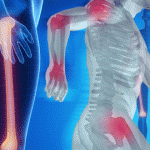The first month of my last year of rheumatology fellowship began in Addis Ababa, Ethiopia, at Black Lion Hospital, a tertiary university medical center, where I [Dr. Mary Abraham] started an Emory-sponsored global health rotation. Although a very different beginning to my fellowship year, my experiences at Black Lion reminded me of my passion to…





